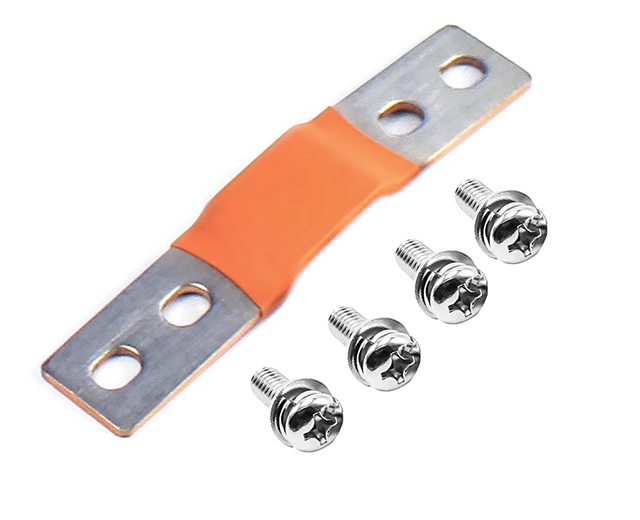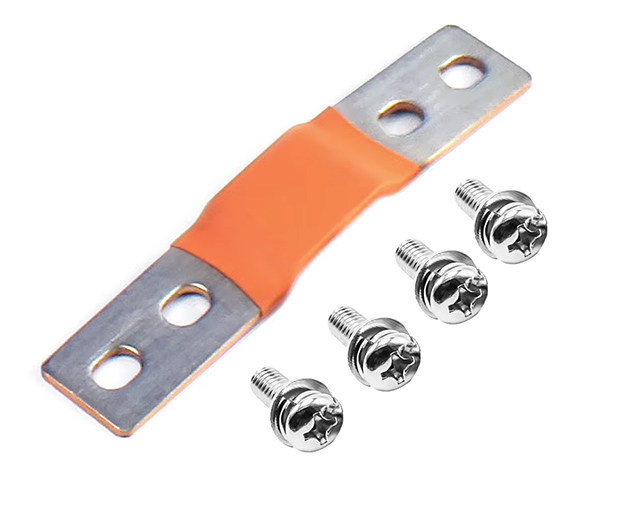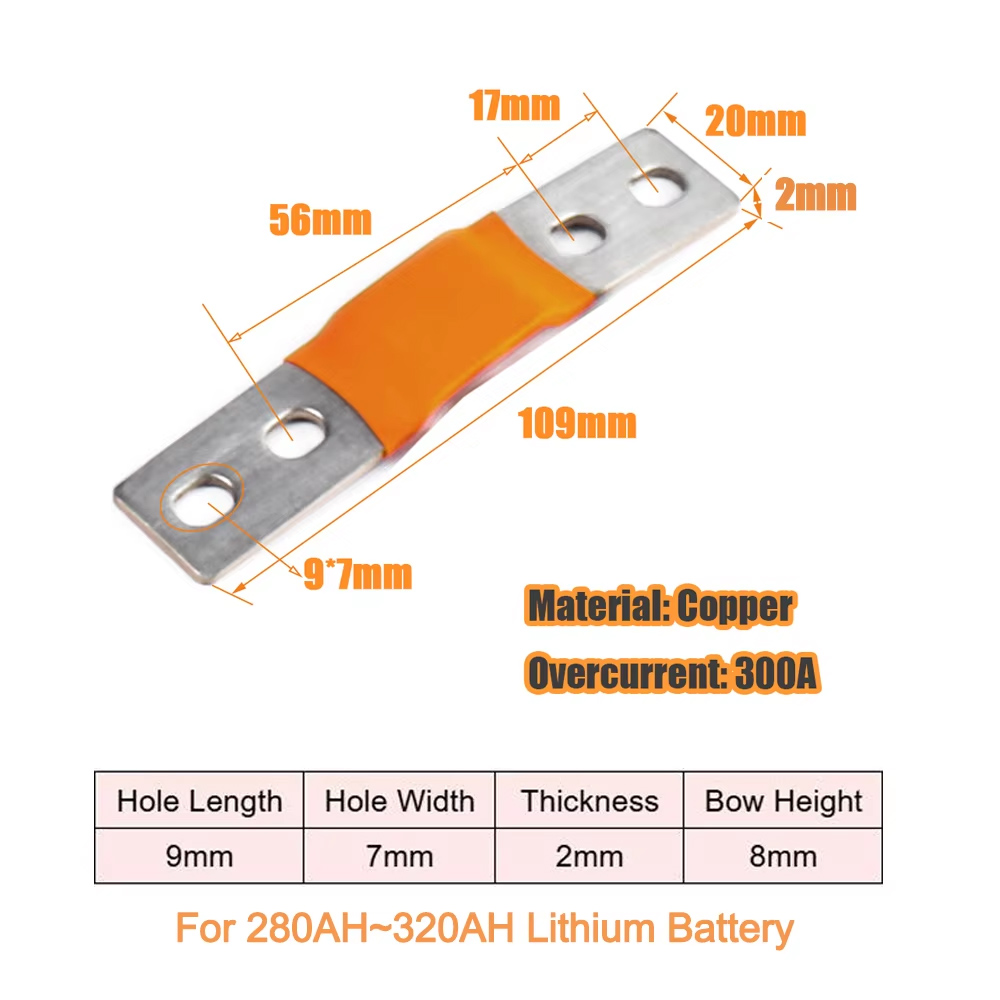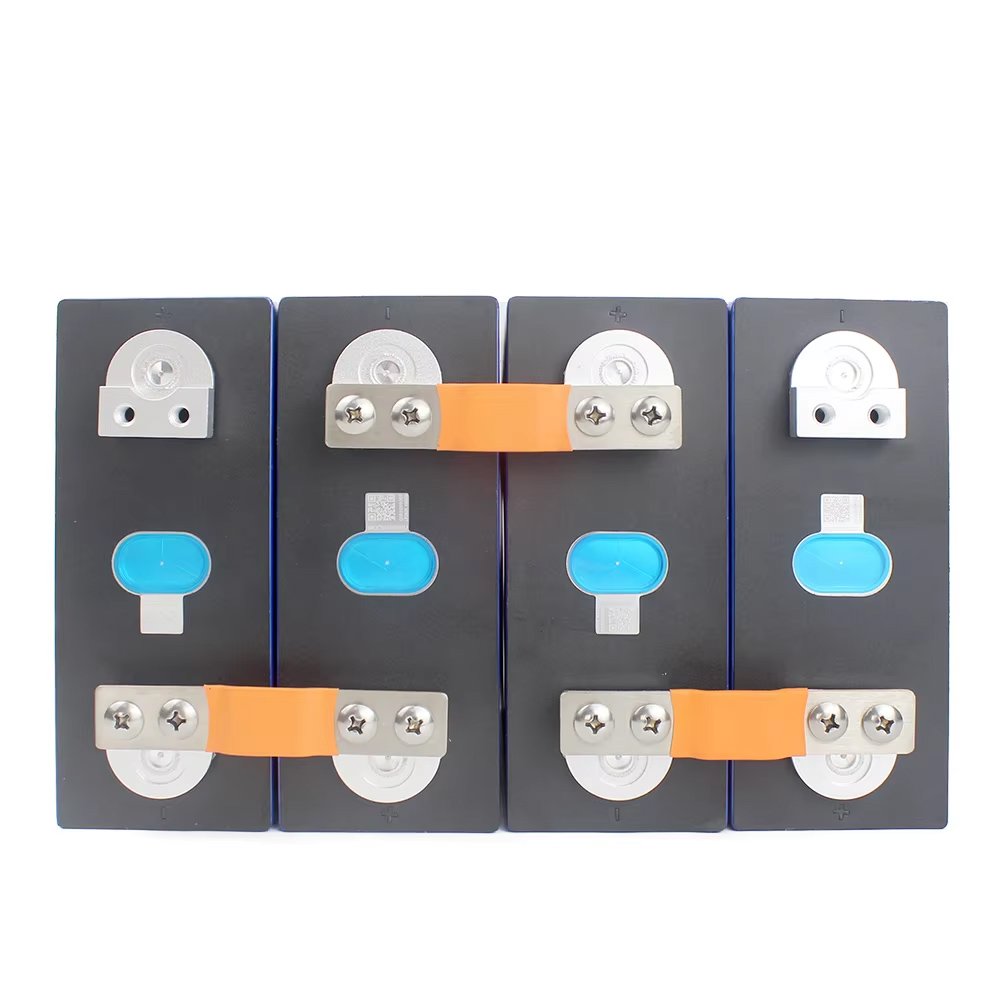

A solid insulated busbar is a key power distribution component that uses advanced epoxy resin or polymer insulation technology to encapsulate the conductive copper or aluminum bar. Unlike traditional bare busbars, an insulated busbar or insulated bus bar provides excellent electrical insulation, mechanical strength, and protection against short circuits. It is widely used in low-, medium-, and high-voltage power distribution systems to safely transfer large currents while saving space and improving system reliability.

The production of solid insulated busbars involves several precision steps:
Conductor Selection – High-conductivity copper or aluminum bars are used to ensure low power loss.
Surface Treatment – Copper bars are treated with tin plating or silver plating to enhance conductivity and corrosion resistance.
Insulation Molding – The conductor is fully encapsulated with epoxy resin or polymer through a vacuum pressure molding process to create an insulated Copper Busbar or insulated Flexible Busbar with excellent dielectric strength.
Testing & Quality Control – Each insulated flexible copper bar is tested for insulation resistance, partial discharge, and thermal performance to guarantee long service life.
Compared to conventional air-insulated busbars or cable connections, solid insulated busbars offer:
High Electrical Safety – Fully insulated design reduces risk of short circuits and arc flash accidents.
Compact Design – Saves up to 30–40% of installation space compared to cable wiring.
High Mechanical Strength – Withstand vibrations and mechanical stress, ensuring long-term reliability.
Excellent Heat Dissipation – Special insulation materials allow for efficient thermal management.
Maintenance-Free – Unlike cables, busbars do not require regular tightening or inspection, lowering operational costs.

| Parameter | Specification Range / Option | Notes |
|---|---|---|
| Conductor Material | High-conductivity ETP Copper (≥99.9%) | Copper is recommended for critical applications due to lower resistivity |
| Cross-Section Dimensions | Customizable | Supports single-layer and laminated designs |
| Current Carrying Capacity | 400A – 6000A (continuous) | Calculated based on IEC 61439 & UL 857 standards |
| Rated Voltage | AC: Up to 35kV / DC: Up to 1500V | Suitable for low-, medium-, and high-voltage distribution systems |
| Short-Time Withstand Current (Icw) | Up to 100kA / 1s | Ensures safety under fault conditions |
| Impulse Withstand Voltage (Uimp) | 20kV – 95kV | High dielectric strength for critical environments |
| Insulation Material | Epoxy Resin, Silicone Rubber, or Halogen-Free Polyolefin | Complies with RoHS & REACH environmental standards |
| Dielectric Strength | ≥ 20 kV/mm | Excellent electrical insulation |
| Surface Finish (Conductor) | Tin Plated / Nickel Plated / Silver Plated | Tin is most common for anti-oxidation; silver for high conductivity |
| Thermal Class | Class F (155°C) or Class H (180°C) | Suitable for harsh temperature environments |
| Operating Temperature Range | -40°C to +120°C (Standard) / Up to +180°C (Special) | Wide range for industrial & renewable energy use |
| Flexibility | Available in Rigid or Insulated Flexible Busbar Designs | Flexible version reduces vibration stress |
| Creepage Distance | ≥ 25 mm/kV | Ensures safety in high voltage applications |
| Fire Resistance | UL94-V0 Rated | Flame-retardant insulation for maximum safety |
| Standards Compliance | IEC 61439, IEC 62271, UL 857, GB/T 7251 | Internationally recognized certifications |
Copper Busbar – High-conductivity ETP copper with tin/silver plating, ideal for low-resistance applications.
Aluminum Busbar – Lightweight option for cost-sensitive projects.
Flexible Copper Busbar – For applications that require vibration resistance or flexible connection points.

Switchgear & Control Panels
Battery Energy Storage Systems (BESS) – Ideal as a busbar battery pack or busbar for battery bank
Renewable Energy Systems – Solar and wind power distribution
EV Charging Stations & Powertrains
Industrial Power Distribution Cabinets
Ensure proper torque when connecting to busbar joints.
Avoid bending the busbar beyond its rated limit (especially for insulated flexible copper bars).
Keep the busbar surface clean to maintain insulation integrity.
Perform periodic thermal imaging inspections to detect potential hot spots.
As a professional copper busbar manufacturer, we offer:
Custom Design Support – Tailor-made battery busbar copper or insulated busbar solutions.
High-Quality Materials – Use of premium copper and advanced insulation compounds.
Strict Quality Control – 100% routine test before delivery.
Global Export Experience – Serving OEMs, panel builders, and EPC contractors worldwide.
Q1: What is the difference between an insulated busbar and a cable?
A1: Insulated busbars provide better current carrying capacity, more compact layout, and lower maintenance compared to cables.
Q2: Can I use an insulated busbar in a battery pack?
A2: Yes! They are perfect for battery pack busbar applications because they improve safety and reduce the risk of short circuits.
Q3: Do you offer flexible busbar solutions?
A3: Yes, we manufacture insulated flexible busbars and flexible copper busbars for applications requiring flexibility and vibration resistance.